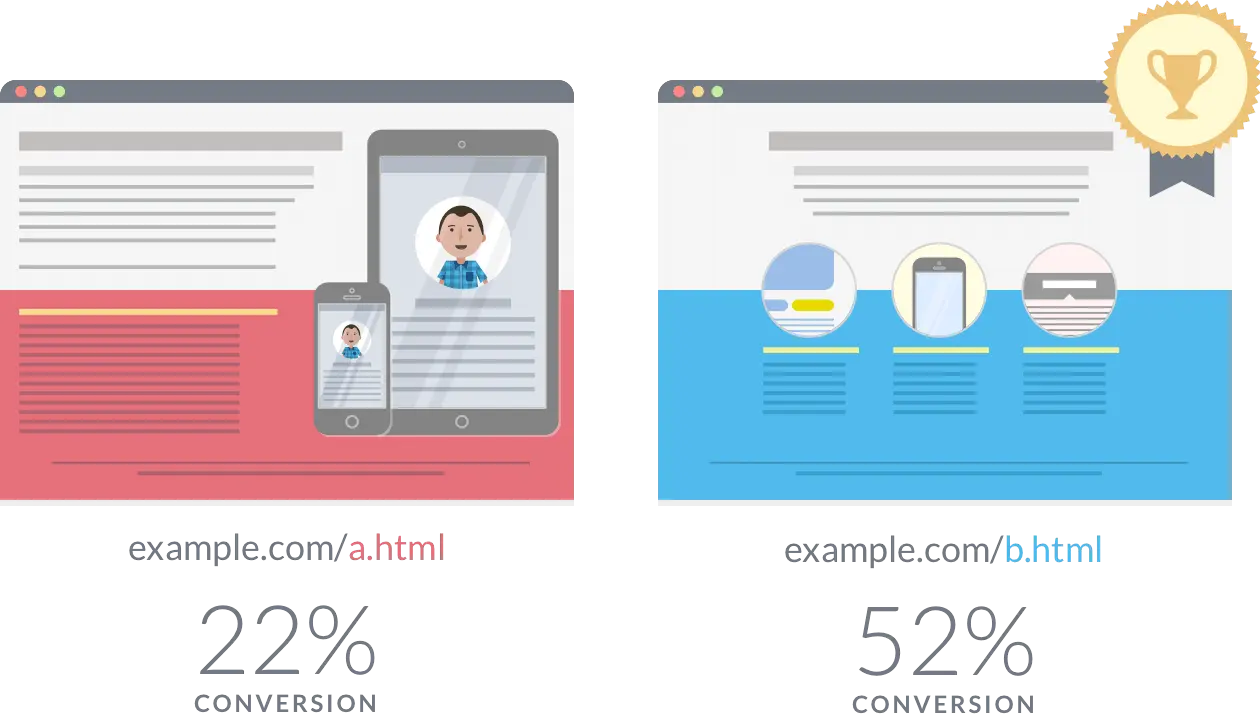

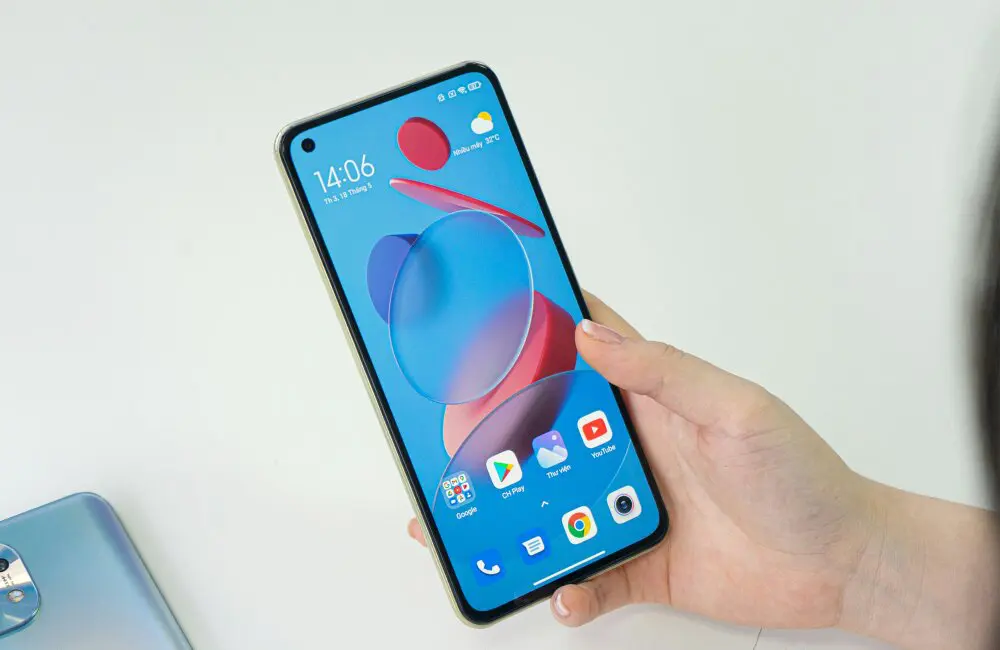
Landing pages are pivotal in driving conversions, and over the years of managing paid media campaigns, I’ve developed a structured approach that consistently delivers results. Below, I outline my key strategies for creating high-performing landing pages, along with insights from A/B testing and real-world applications that have scaled conversion rates.
1. Prioritize Clarity and Simplicity
A successful landing page is focused, lean, and direct. In my experience, users tend to disengage from overly complex designs or long-winded content. I ensure that key messages, benefits, and CTAs are placed “above the fold” — within the first screen a visitor sees. This reduces the cognitive load and increases conversion rates by 15–20% in my recent campaigns. Using clean visuals, especially high-CTR ad creatives, ties everything together while providing continuity from the ad click to the landing page.
2. Align Content with Visitor Intent
Understanding the user’s intent is the cornerstone of effective landing page copy. I always craft content that speaks directly to the visitor's pain points or aspirations (deliver the core message in seconds). Whether I’m offering a solution to a problem or a special offer, every sentence is laser-focused on aligning with what the user wants. For example, in a national home improvement vertical, tailoring content to each state’s unique incentives led to a 25% uplift in conversions, particularly when visitors felt the landing page was personally addressing their needs.

3. Compelling, Actionable CTAs
The CTA is the most critical element of a landing page. I’ve found that clear, visually dominant CTAs placed top in the page can boost conversions significantly. Rather than using generic phrases like "Submit" or "Click Here," I opt for action-driven CTAs like "Get Your Free Quote" or "Claim Your Discount." In one A/B test, a simple tweak in the CTA can increase conversion rates by 15%-25%.
4. Optimize for Speed
Slow loading times can destroy conversion potential. Every second counts—literally. A landing page taking longer than 3 seconds to load can reduce conversion rates by 40%. I use tools like Pingdom to optimize speed, eliminating unnecessary scripts and compressing images. Speed optimization is particularly vital on mobile, where even a slight delay can result in massive click loss.
5. Minimize Form Friction
Reducing the number of fields in a form dramatically improves user engagement. I usually recommend asking for only the most essential information. In one campaign, cutting the form from 8 fields to 5 increased lead generation by 22%. Where applicable, auto-filling fields based on previous data also improves the user experience and reduces abandonment. (but keep in mind, shorter form can result in lower in lead quality, find your balance!)
6. A/B Testing and Continuous Improvement
A/B testing is not a one-time task but an ongoing process. I typically allocate about 10%-15% of my traffic to testing new landing pages or variants throughout the life of a campaign. Using third-party tools, I rotate multiple landing pages and continually refine based on performance data (see screenshot between). For example, during a test of 3 landing page versions for a financial services client, a winning variant saw an 11% higher conversion rate by emphasizing customer testimonials above the fold.
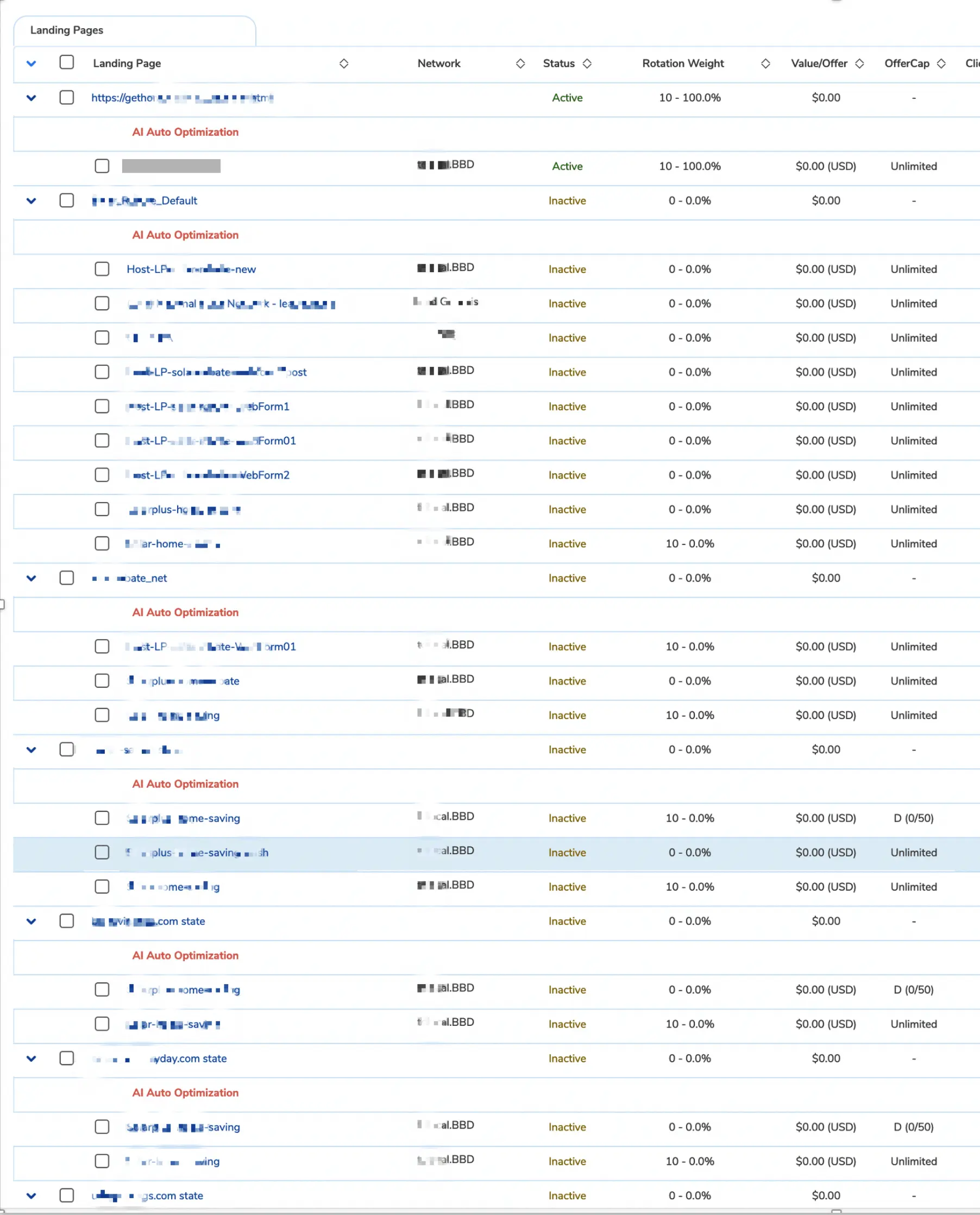
7. Hyper-Targeting by Region or Demographic
A one-size-fits-all approach rarely works for landing pages. Customizing content based on geographic, demographic, or behavioral data is key (it definitely create more work). I had a home improvement campaign targeting multiple states, I created state-specific landing pages, each offering localized incentives and tailored messaging. This approach improved conversion rates by 18% (ROI was over 100%!!!), demonstrating the power of personalizing landing pages based on visitor data.
8. Analyzing and Iterating Based on Data
Data is the foundation of optimization. I analyze conversion data daily using tools such as Google Analytics and Tableau to create simplified dashboard which helps identify the best-performing elements. For example, breaking down conversions by state and testing localized landing pages allowed me to optimize ad spend based on regional performance.
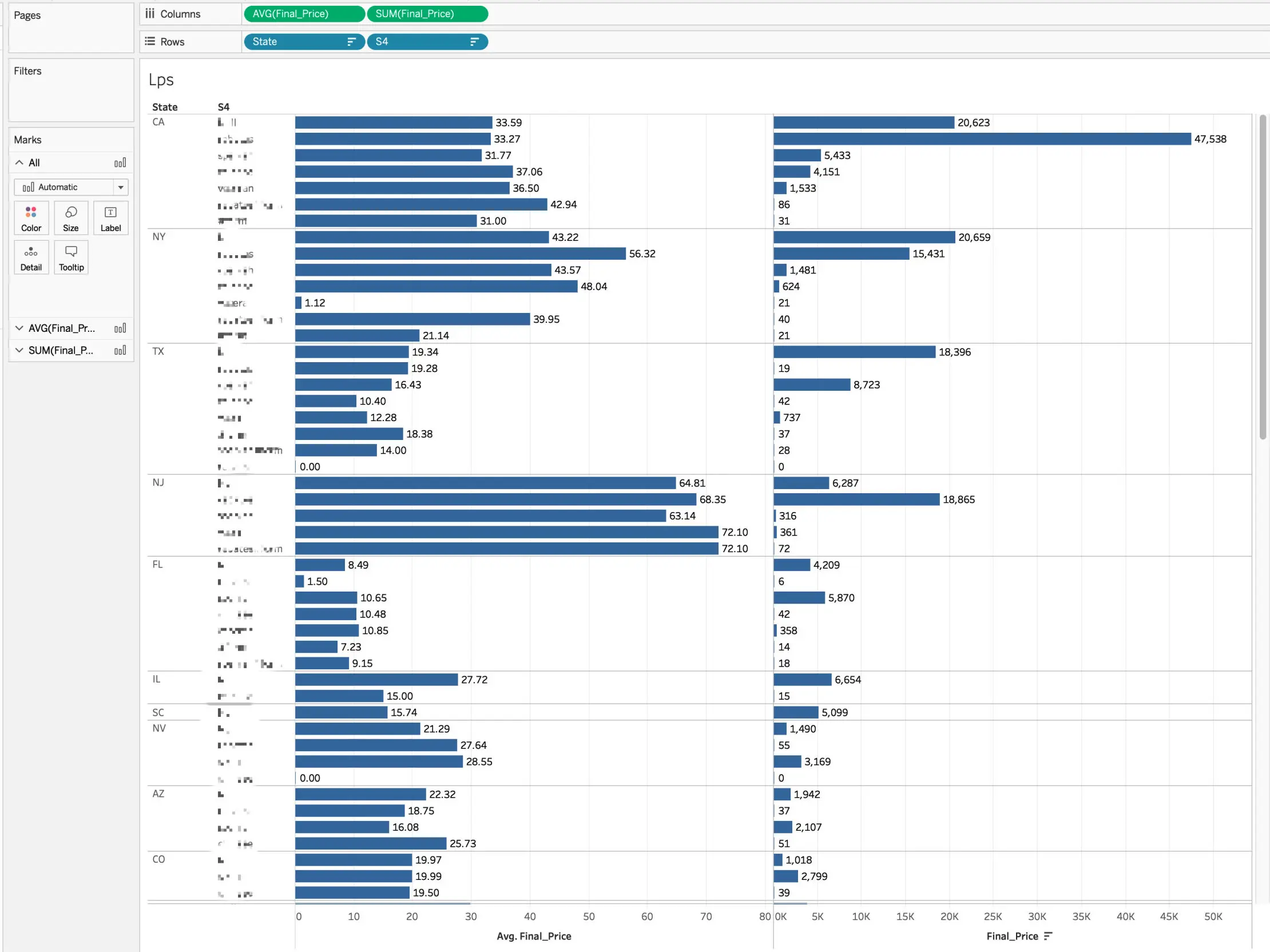
Effective landing page optimization is a blend of data-driven insights, testing, and a deep understanding of user psychology. My results are driven by a methodical approach to testing and continuous improvement.
For marketers looking to maximize their landing page performance, start with the basics—simplicity, relevance, and speed—and build from there. The results speak for themselves when combined with consistent testing and data analysis.
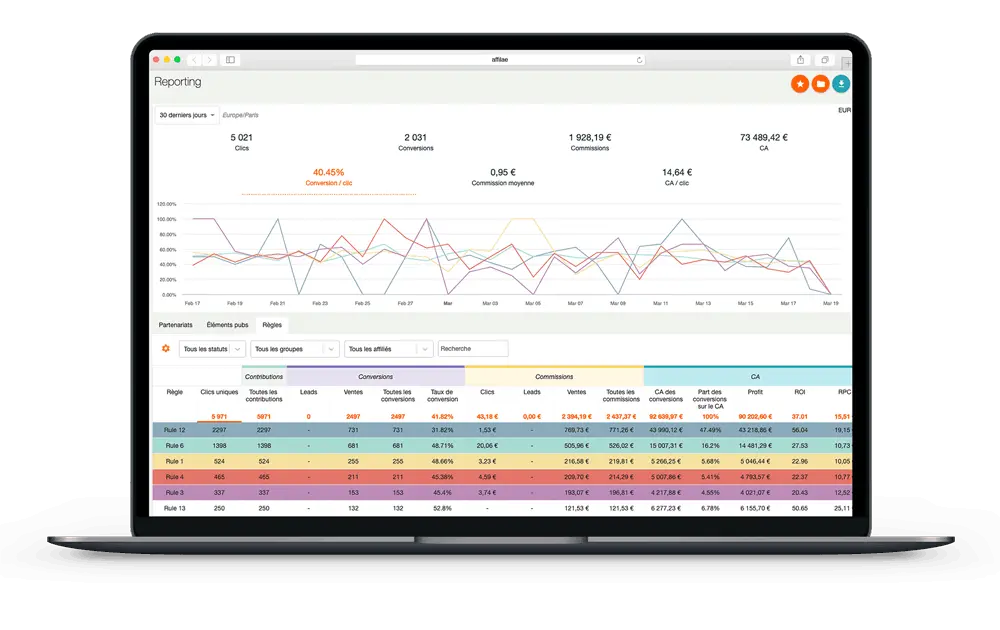
Responsible for Integrating essential elements and help to build real-time lead distribution solutions that allow clients to filter, set real-time bidding strategy, and deliver MQL in a matter of a few seconds after customers submit.
I am lucky enough to be part of developing the software that able to track campaign performance from TOF to BOF with extreme accuracy & industry-specific campaign automation functions.